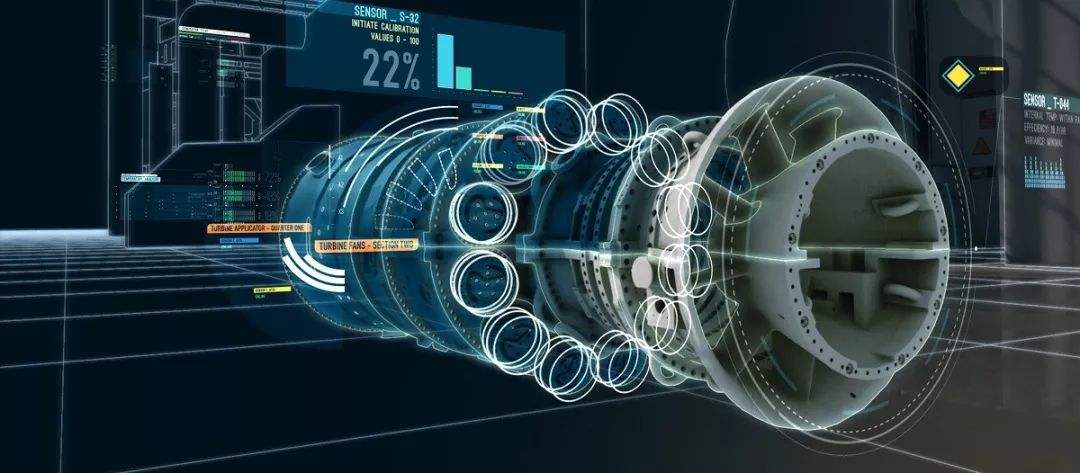The second type of gas includes fuel gas, natural gas and hydrogen, sewage gas or biogas.
According to the regulations of DVGW (German Gas and Water Industry Technology and Science Association), the gas composition of fuel gas entering the public gas network has been restricted. In order to avoid possible technical problems and billing differences at the boundaries of legal entities in the future, the supply to the gas network must be interrupted if these specifications are not met.
In addition to restrictions on impurities such as sulfur, ammonia or silicon, there are also provisions on water content, which plays an important role in the combustion performance of fuel gas and in avoiding technical problems.
The definition of residual moisture content is based on the coldest temperature ever measured; Any pressure and temperature fluctuations must also be considered to eliminate condensation.
For example, when inputting any fuel gas, care must be taken to ensure that the water content is not exceeded. This can be measured and monitored with appropriate measuring instruments. Especially in winter or in cold weather, key components may be damaged by ice. In the worst case, this may lead to the shutdown of natural gas supply, because no more gas can flow through the pipeline due to maintenance.


In addition to technical problems, excessive water will reduce the volume of standard gas, because the more water in the standard cubic meter, the lower the efficiency of the burner, because more energy is required to evaporate water. This problem is exacerbated by additional temperature fluctuations.
For example, when delivering to the final customer, the standard volume is considered. Measured at 1013.25mbar and 0 ° C, the standard volume is 1000Nm when the water content is 0% RH (0 ° C) ³。
However, if this standard volume is converted to actual and real conditions: for example, 20 ° C and 970 mbar abs, If the water content is 60% r.h., only 880 cubic meters of fuel gas can be obtained instead of 1000 Nm ³。
Because the traditional fuel gas flowmeter has no pressure and temperature compensation, it cannot measure the standard volume flow at 1013.25 mbar and 0 ° C, but only the volume flowing under the current environmental conditions. If the water content is too high or the temperature fluctuates too much between the standard and the actual volume flow measurement, more than expected amount will often be deducted.


